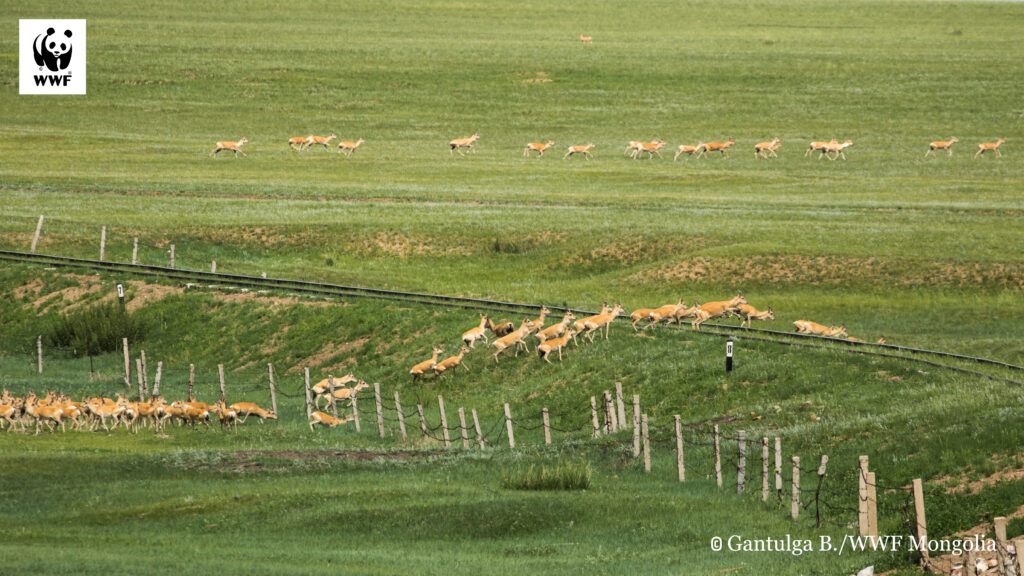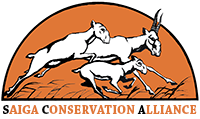The Saiga antelope, a migratory species, traverses a vast ecosystem spanning a subcontinent. Herd migrations can cover distances of up to 3,000 kilometers, equivalent to the distance from Houston, TX to San Francisco, CA. During these migrations, Saiga cross roads, pipelines, railways, and even international borders. These structures, collectively known as linear infrastructure, significantly restrict the movement of Saiga and other migratory species.
Furthermore, the owners and operators of these infrastructures often erect fencing to protect their assets, creating additional barriers for migratory species. Evidence shows that animals can become trapped and perish in these fences, especially those traveling at high speeds and unable to see the barriers in time.
In recent years, substantial progress has been made in mitigating the threats posed by linear infrastructure, particularly through innovations in fence construction. In Uzbekistan and Kazakhstan, wildlife corridors—essential gaps in the fences—have been introduced. Fence designs have also been adapted to make fences more visible to migratory species and allow them to pass through safely.
For decades, Mongolia’s vast frontier remained largely free from linear infrastructure. However, the recent expansion of mining and natural resource extraction has led to the growth of new railways, roads, and inevitably, fencing.
WWF-Mongolia, in collaboration with various stakeholders, has emphasized the need for wildlife-friendly fences along highways and railways. Fortunately, a national standard for barrier fences for railways and highways has now been approved. Through social media campaigns and engagement with public and private sector experts in the transport sector, significant progress has been made. A series of meetings and workshops, organized with the participation of the Ministry of Standards and Metrology, were crucial to this achievement.
A key feature of the newly adopted standard is the elimination of barbed wire in barrier fences on railways and highways. This will reduce the risk of hundreds of migratory species being caught in barbed fences. Additionally, the standard specifies that fences should be designed to allow wild animals to move freely without any barriers.
Fences are constructed at heights that prevent larger animals from being trapped while allowing smaller species to pass underneath. The use of materials that are visible to wildlife reduces the risk of accidental collisions. Certain sections of the fence are removable or adjustable to accommodate seasonal migrations, ensuring that animals have unobstructed paths during critical times of the year.
The implementation of this newly approved standard will facilitate the planning and construction of linear infrastructure with a reduced negative impact on the migration of rare wild animals such as the wild ass, goitered gazelle, Mongolian gazelle, argali, ibex, and Mongolian saiga.
B. Gantulga, Senior Species Officer from WWF-Mongolia, said, “In recent years, the majority of Mongolia’s budget has come from the mining sector. In this regard, the Mongolian government has planned to build new railways and roads in the coming years. By adopting these standards at this critical time, thousands of migratory wild animals are protected from danger. Working with government agencies and getting standards approved was not easy. However, we have achieved our goal through cooperation between the parties. Currently, we are also actively working to approve the standard for wildlife-friendly fencing in the capital city.”
This critical initiative was supported by funding from the United States Agency for International Development (USAID).

Credit: Gantulga Bayandonoi/WWF-Mongolia.
